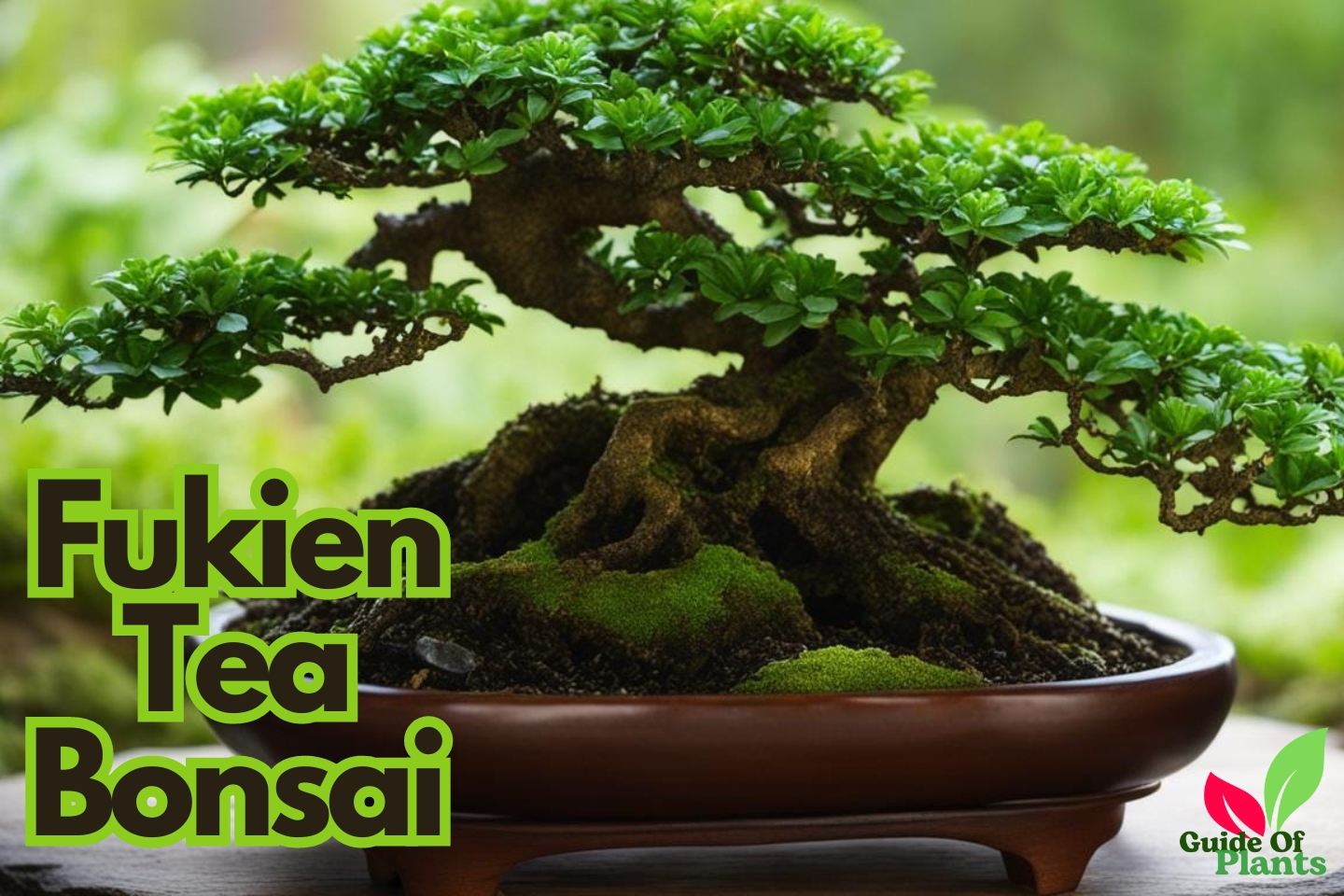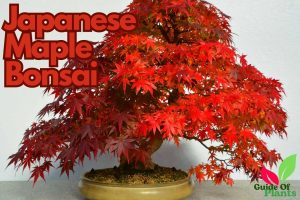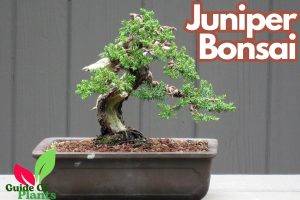The Fukien Tea Bonsai, also known as Carmona Retusa, is a remarkable species of evergreen shrub that has captured the hearts of bonsai enthusiasts worldwide. With its delicate foliage, compact growth habit, and resilience, this extraordinary plant has become a beloved choice for cultivating exquisite bonsai masterpieces.
Table of Contents
Also Know About:
The History and Symbolism of Fukien Tea Bonsai Trees
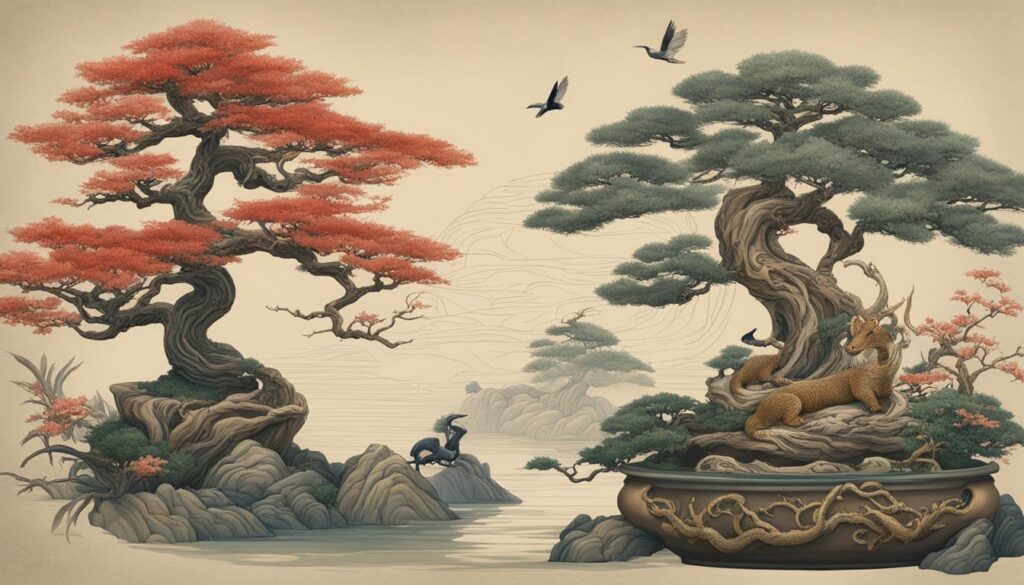
The Fukien Tea Bonsai traces its origins to the Fujian province of China, where it has been revered for centuries as a symbol of longevity, perseverance, and harmony. Consequently, this bonsai variety holds a special place in the rich cultural tapestry of Chinese art and tradition.
Beyond its aesthetic appeal, the Fukien Tea Bonsai carries profound symbolic significance. Its ability to thrive and flourish even in challenging environments represents the resilience of the human spirit. Additionally, the intricate pruning and shaping techniques involved in cultivating these miniature trees embody the principles of patience, dedication, and respect for nature’s cycles.
Moreover, the practice of bonsai cultivation itself is deeply rooted in the philosophies of Zen Buddhism, emphasizing the pursuit of balance, simplicity, and mindfulness. As such, the Fukien Tea Bonsai serves as a living embodiment of these timeless ideals, reminding us to appreciate the beauty in the smallest of details and embrace the journey of personal growth.
5 Tips for Growing a Healthy Fukien Tea Bonsai
To ensure the vibrant and enduring beauty of your Fukien Tea Bonsai, it is essential to provide it with the proper care and attention. Here are five invaluable tips:
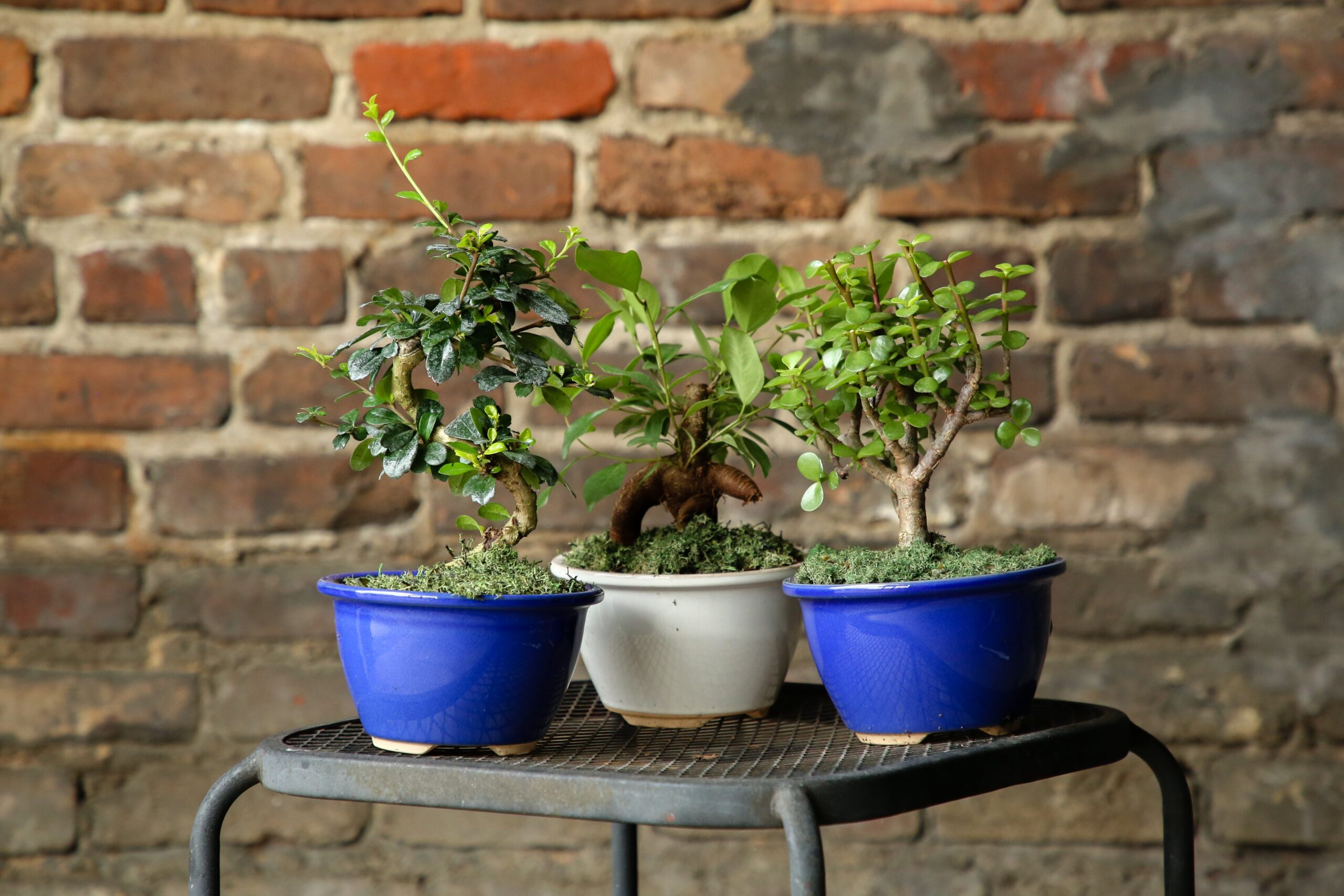
i. Optimal Light Conditions
The Fukien Tea Bonsai thrives in bright, indirect sunlight. Therefore, it is crucial to position your bonsai in a location that receives ample sunlight while avoiding direct exposure to intense mid-day rays. Consequently, an east or west-facing window is often an ideal spot.
ii. Consistent Watering Regimen
Maintaining a consistent watering schedule is vital for the health of your Fukien Tea Bonsai. However, be cautious not to overwater, as excessive moisture can lead to root rot. Instead, allow the soil to partially dry out between watering, ensuring the roots receive the appropriate balance of moisture and aeration.
iii. Proper Soil Mixture
The soil composition plays a crucial role in the growth and vitality of your bonsai. A well-draining, slightly acidic soil mix, often comprising components like Akadama, Pumice, and Organic matter, provides the ideal environment for your Fukien Tea Bonsai to thrive.
iv. Regular Pruning and Shaping
Pruning and shaping are essential aspects of bonsai cultivation, as they encourage the desired growth pattern and maintain the miniature, artistic form of your Fukien Tea Bonsai. However, be mindful to prune judiciously, as excessive trimming can stress the plant.
v. Patience and Dedication
Cultivating a healthy and visually striking Fukien Tea Bonsai requires patience and dedication. With time, consistent care, and attention to detail, your efforts will be rewarded with a magnificent living sculpture that embodies the essence of tranquility and beauty.
Fukien Tea Bonsai Care Guide for Beginners
For those embarking on the captivating journey of bonsai cultivation with the Fukien Tea Bonsai, this comprehensive care guide will serve as a valuable companion. By following these step-by-step instructions, beginners can confidently nurture their miniature trees to achieve stunning results.

Getting to Know Your Fukien Tea Bonsai
The Fukien tea tree (Carmona Microphylla) is a dwarf evergreen renowned for its miniature stature and resilience. Hailing from southern China and Taiwan, this bonsai specimen boasts glossy, leathery leaves and a gnarled, twisted trunk, making it a captivating addition to any indoor setting. Despite its tiny size, the Fukien tea bonsai demands meticulous care to thrive.
Choosing the Right Pot
The selection of an appropriate pot is crucial for the well-being of your Fukien Tea Bonsai. Opt for a shallow, well-draining container with ample drainage holes. Traditionally, glazed ceramic or high-fired pottery pots are preferred for their durability and aesthetic appeal.
Soil Preparation
Creating the perfect soil mix is vital for your bonsai’s health. A blend of akadama, pumice, and organic matter, such as bark or compost, provides the ideal balance of moisture retention and drainage. Alternatively, you can purchase a premixed bonsai soil from a reputable supplier.
Watering Techniques
Consistent watering is essential, but overwatering can be detrimental to your Fukien Tea Bonsai. Use the “chopstick test” by inserting a chopstick or skewer into the soil. If the soil adheres to the stick, it’s time to water. Always water thoroughly, allowing the excess moisture to drain from the pot.
Light Requirements
The Fukien Tea Bonsai grow in bright, indirect sunlight. An east or west-facing window is ideal, providing ample light without the risk of scorching from direct sunlight. During the summer months, consider providing some shade to prevent excessive heat exposure.
Pruning and Shaping
Regular pruning is crucial for maintaining the desired shape and promoting new growth. Use sharp, sterile pruning shears and carefully trim back excess foliage and branches. Pinching back new growth with your fingers can also encourage dense branching patterns.
Repotting and Root Pruning
Over time, your Fukien Tea Bonsai will outgrow its pot, necessitating repotting. Typically, this process should be undertaken every two to three years in the early spring. During repotting, carefully remove the old soil and prune any overgrown or circling roots, promoting a healthy root system.
By adhering to these fundamental care guidelines, beginners can embark on a rewarding journey with their Fukien Tea Bonsai. Remember, patience and dedication are essential virtues in the art of bonsai cultivation, but the rewards are truly remarkable – a living, miniature masterpiece that embodies the timeless beauty and symbolism of this ancient tradition.
Here are the expanded sections on choosing the right pot and soil, common pests and diseases, and pruning/shaping tips for Fukien Tea Bonsai trees:
Selecting the Perfect Home
Fukien tea bonsai trees thrive in a fast-draining, highly aerated soil mix. An ideal blend comprises two parts akadama, one part pumice, and one part lava rock. Alternatively, you can use a high-quality bonsai soil mix enriched with pine bark and horticultural grit.

Pest and Disease Patrol
- Insect Infiltrators: Spider mites, mealybugs, and scale insects can wreak havoc on your precious bonsai. Regularly inspect for webbing, cottony masses, or sticky residues. Use insecticidal soap or horticultural oils as a first line of defense.
- Fungal Foes: Root rot, leaf spot, and anthracnose are fungal diseases that may afflict Fukien tea bonsai. Overwatering and poor air circulation are prime culprits. Maintain proper watering practices and prune for improved airflow.
The Sculptor’s Hand
- Pruning Protocol: Pruning is essential for controlling size and shaping your Fukien tea bonsai. Pinch off new growth using fingers or scissors, ensuring a compact silhouette. For major cuts, use sharp pruners, making angled cuts just above leaf nodes.
- Styling Savvy: Wire training can sculpt branches into exquisite forms. Gently bend and secure branches with aluminum or anodized copper wire, reshaping them gradually over time. Remove wires before they cut into the bark.
With a keen eye for detail and a nurturing touch, your Fukien tea bonsai will become a living, breathtaking work of art.
Displaying Your Fukien Tea Bonsai
Here are some creative ways to display your Fukien Tea Bonsai in your home:
The Centerpiece Marvel
Undoubtedly, your Fukien tea bonsai deserves to be the centerpiece on a coffee table or entryway console. Position it on a decorative tray or stand, allowing its beauty to captivate all who enter. Surround it with tasteful accents like pebbles or figurines for a cohesive vignette.
Windowsill Wonder
What better place to showcase your bonsai than a sunny windowsill? Ensure it receives ample indirect light while creating a delightful indoor garden vibe. Accent with delicate curtains or sheer panels for a serene atmosphere.
Tabletop Treasure
Transform your desk or side table into a miniature Zen retreat with your Fukien tea bonsai as the focal point. Its tranquil presence can provide a soothing respite from daily stresses. Integrate natural elements like bamboo accents or a small water feature for added ambiance.
Shelf Chic
Built-in shelves or floating ledges present the perfect opportunity to create an eye-catching bonsai display. Intersperse your Fukien tea tree with other small potted plants or decorative objects for visual interest. Rotate seasonal decor elements to keep the vignette feeling fresh.
Pedestal Prestige
For a dramatic, artistic statement, elevate your bonsai on a stylish pedestal in an entryway or living room corner. The elevated positioning commands attention while allowing you to admire your tree’s sculptural form from all angles.
With thoughtful placement and creative flair, your Fukien tea bonsai will become an enchanting addition to your living spaces – a true horticultural masterpiece.
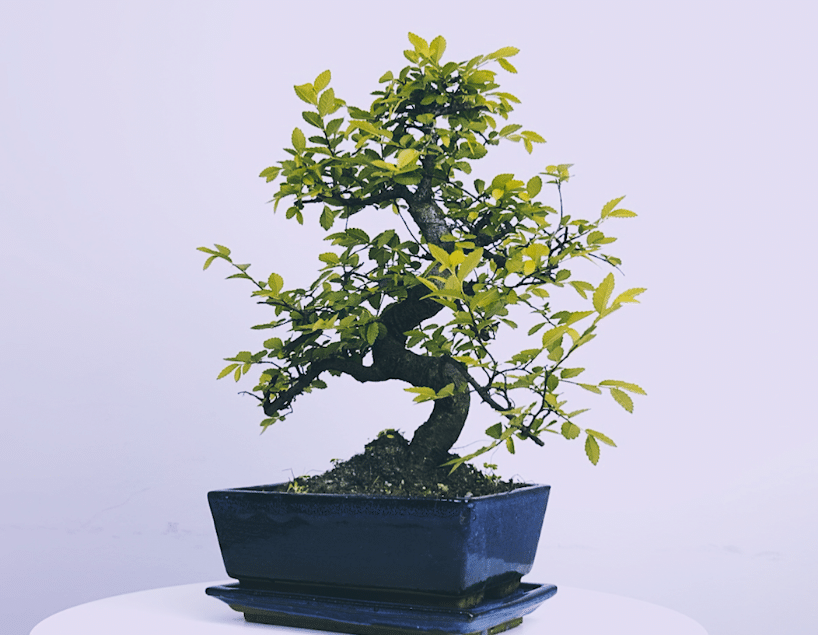
A Living Masterpiece
Caring for a Fukien tea bonsai is an incredibly rewarding experience that blends horticulture and artistry. Though it demands patience and meticulous attention, the rewards are profound. As you’ve learned, providing the right light, water, fertilizer, and soil conditions is crucial for your bonsai’s health. Staying vigilant against pests and diseases will safeguard its vitality. And through regular pruning and shaping, you’ll sculpt a living, miniature tree that captures the essence of nature’s beauty.
Most importantly, display your Fukien tea bonsai proudly as a testament to your green thumb and creative vision. Whether a centerpiece, windowsill accent, or tabletop companion, it will infuse your space with tranquility and wonder. With dedication and care, your Fukien tea bonsai will flourish for years to come – an exquisite botanical artwork to be cherished by you and all who admire its captivating presence. Embrace the journey, for therein lies the true artistry of bonsai mastery.
The Fukien Tea Bonsai, also known as Carmona Retusa, is a remarkable species of evergreen shrub that has captured the hearts of bonsai enthusiasts worldwide. With its delicate foliage, compact growth habit, and resilience, this extraordinary plant has become a beloved choice for cultivating exquisite bonsai masterpieces.

